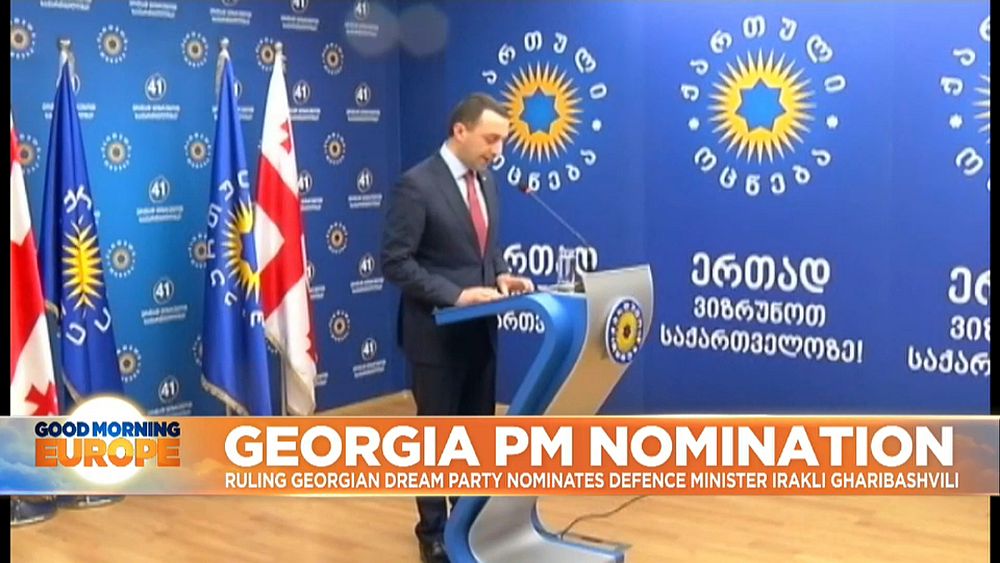It’s a fashionable haircut favoured by the rich and famous.
But it looks like the skin fade’s popularity could stretch as far back as the in the first century AD.
Archaeologists discovered that a two inch high figure of a deity found on the Wimpole Estate, in Cambridgeshire, was sporting what appeared to be a popular hairstyle.
Celebrities including footballer Cristiano Ronaldo, actor Brad Pitt and Facebook founder Mark Zuckerberg have at times shown off similar style traits.
The tiny figure was originally found two years ago but its distinct hair, moustache and facial features were only noticed when it was thoroughly cleaned recently.
The figure, made from copper alloy, is thought to represent a god worshiped by early Britons.
Archaeologists discovered that a two inch high figure of a deity found on the Wimpole Estate, in Cambridgeshire, was sporting what appeared to be a skin fade hair style
Celebrities including footballer Cristiano Ronaldo , actor Brad Pitt and Facebook founder Mark Zuckerberg (pictured) have at times shown off similar style traits
Juventus and Portugal star Cristiano Ronald has donned the shaved back and sides cut for years
Brad Pitt has also had his hair in the style for his roles in films such as 2014 Second World War movie Fury
Prior to cleaning and research, it was suggested that it represented ‘Cernunnos’, the god of fertility.
The archaeologists were surprised by the detail which has survived on the figure after so long beneath the ground.
A tiny moustache is now clearly visible and the figure’s hair, which may represent 1st century trends or how the deity was normally shown, can be seen to be neatly shaped at the front and sides.
The figure was found after archaeologists from the National Trust and private firm Oxford Archaeology East carried out excavations on the Wimpole Estate in 2018.
The estate is the home of the country house Wimpole Hall, which is run by the trust and visited by thousands of Britons and tourists every year.
The archaeologists found a late Iron Age settlement which they believed was also lived on following the Roman invasion of Britain in AD 43.
The tiny figure was originally found two years ago but its distinct hair, moustache and facial features were only noticed when it was thoroughly cleaned recently
The figure is holding what is known as a torc – an open-ended metal neck ring. Pictured: The figure before it was cleaned
Shannon Hogan, National Trust Archaeologist for the East of England, said: ‘This figure is an exceptional find and thanks to careful conservation and cleaning, we can now see some remarkable detail.
‘His hairstyle and moustache are clear, which might be indicative of current trends or perhaps ‘typical’ for depictions of this particular deity.
She said that while the figure may have been made by the Romans, it shows ‘very Celtic traits’ such as oval eyes.
The figure is holding what is known as a torc – an open-ended metal neck ring.
Ms Hogan added: ‘We have extremely limited knowledge of what ordinary people of England at that time looked like, so this beautifully detailed figure might just be giving us a tantalising glimpse into their appearance, or how they imagined their gods.’
The figure was probably originally served as the handle of a spatula.
It may have been lost or deposited at Wimpole by inhabitants of early Roman Britain at the end of the Iron Age.
Experts said it is a reminder of the ways in which the indigenous Celtic religion shared features with the Roman religion during the Roman occupation of Britain, which lasted until AD 410.
Both systems of worship were pagan, meaning they had multiple deities responsible for different aspects of daily life.
Chris Thatcher from Oxford Archaeology East added: ‘Finds such as this give a rare and fascinating insight into aesthetics and symbolism in the latest Iron Age.
‘The extent to which his hairstyle is typical of contemporary styles will never be known for certain.
‘However, we think the combination of him holding a torc – associated with status – and forming the handle of a spatula – either used to mix medicines, or wax for writing tablets – speak of influence and power.
‘The fact that he was found on a site with so much other evidence for it being a local hub is wonderful and appropriate.’
Speaking of the settlement found at Wimpole, Mr Thatcher said what they discovered ‘surpassed their expectations’.
‘The settlement is believed to have been at the centre of a strong trading network, with imported pottery as well as around 300 metal objects uncovered during the dig,’ he said.
‘They included coins, cosmetic implements, horse harness fittings, Roman military uniform fittings, a spearhead, an axe head, key handles, brooches, as well as scrap lead and a number of iron nails.’








